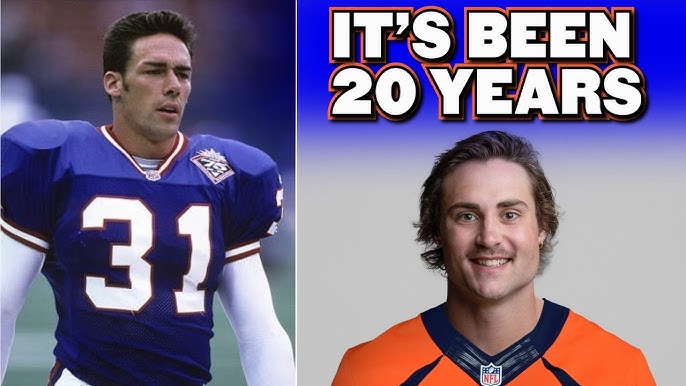Okay, so, I’ve been diving deep into this whole thing about white defensive backs in the NFL, and let me tell you, it’s a rabbit hole. I started out just curious, you know? Like, you watch football, and you start noticing patterns.
First, I watched a bunch of games, both recent and a bit older, just to get a feel for it. Then, I started digging into stats. I poured over websites, read articles, and even checked out some forums where fans debate this stuff all the time. It’s wild how passionate people get about it!

- I made a spreadsheet, ’cause that’s how I roll, and I started tracking the race of every starting defensive back in the league. Cornerbacks, safeties, you name it. Let’s just say one side of the spreadsheet got filled up way quicker.
- Then, I started looking into historical data, going back a few decades. I wanted to see if this was a new thing or if it’s always been like this. Turns out, it’s been a trend for a while. I found that most of the starting cornerbacks are black.
- Next, I tried to figure out why. Is it just a coincidence? Are there reasons behind it? That’s where things get tricky. There are so many theories out there, some people talk about physical attributes, others about societal factors, and some even bring up straight-up racism.
- I also looked at college football to see if the same pattern exists there. And guess what? It kinda does, but not as extreme. There are more white defensive backs at the college level, but the numbers still lean heavily in one direction.
So, I read a ton of articles and studies about this. Some folks say that Black athletes are just more naturally suited for these positions because of speed, agility, and maybe even a bit of that “natural instinct” people talk about. Others argue that it’s more about how young players are developed and what positions coaches encourage them to play. It’s like, if you’re a fast white kid, maybe you’re more likely to be pushed towards playing wide receiver or running back, while a fast Black kid might be steered towards cornerback. There is also some saying that the NFL is 70 percent black, and only 12.5 percent of running backs are white.
I even stumbled upon stories of white players who were successful defensive backs in college but then got switched to other positions when they went pro. It makes you wonder what would’ve happened if they had been given a fair shot, right?
What I have learned
After all this digging, I’m still not sure I have all the answers. But it’s definitely opened my eyes to how complex this issue is. It’s not just about who’s on the field, it’s about all the stuff that happens off the field too. The choices that are made, the opportunities that are given or not given, and all the biases that might be at play. One thing’s for sure, though: it’s a topic that’s gonna keep me thinking and researching for a long time. This 2024 season seems to be a year that changes things. I am looking forward to it. And I definitely think there will be more white cornerbacks playing in the NFL in the future.

















